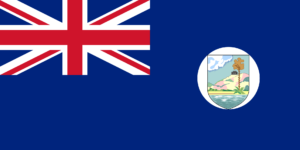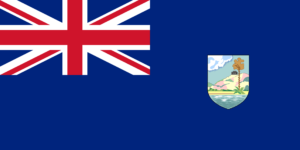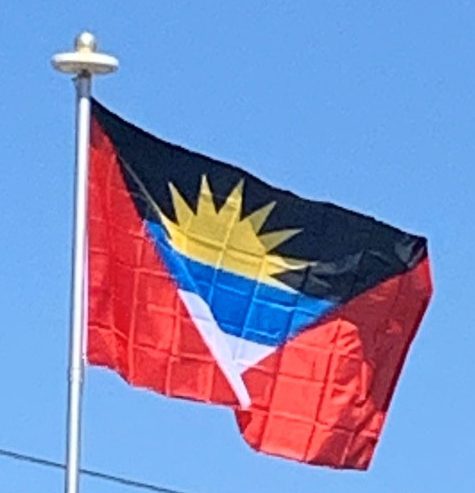Tourists are allowed to rent cars, provided they have a valid driver’s license from their home country. They must first purchase a temporary driver’s license, which can often be arranged through rental agencies.
Several ports and harbors provide docking for cruise ships, sailboats, yachts, and other boats. All boats are required to enter in Antigua before continuing to Barbuda, and they must obtain a permit from the Port Authority to do so. Fees apply both for entering and docking in the country. The main port is at St. John’s, receiving cruise ships and the Barbuda Express. The Barbuda Express travels between St. John’s and Barbuda five days a week. Cruise ships also dock at Heritage Quay. English Harbour, the site of Nelson’s Dockyard, began as an important port on Antigua centuries ago.
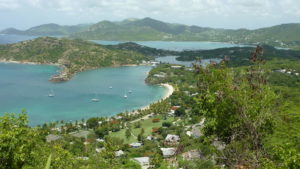
Other ports and harbors include Jolly Harbour, Deepwater Harbour, High Point Crabbs Peninsula, and Codrington (Barbuda).
Airports:
The country’s major airport is V. C. Bird International Airport, which serves both international and local carriers. Located near St. John’s on Antigua’s northern coast, all commercial flights to the country first enter at this airport. With its recently built terminal building, constructed in 1981, its facilities are better than many airports in the Caribbean. After arriving at the airport, travelers can take chartered flights or boats to Barbuda or other Caribbean destinations. Codrington Airport serves the island of Barbuda.
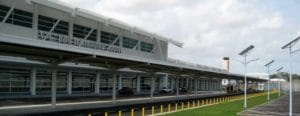
Roads:
Total roadways are 1,165 km of which 384 km are paved.
Railroads:
Small gauge rail existed to serve the sugarcane plantation economy but this system is no longer used.
Flag of Antigua and Barbuda:
Present Day Flag:
The national flag of Antigua and Barbuda was adopted on 27 February 1967 to mark the achievement of self-government. A competition to design the flag was held in which more than 600 local people entered. The winning design was put forth by nationally well-known artist and sculptor Sir Reginald Samuel.
The design is a red field with an inverted isosceles triangle based on the top edge of the field pointed toward the bottom edge of the field bearing the horizontal tricolor of black, light blue (half width) and white with the rising sun centered on top of the black band. The rising sun symbolizes the dawning of a new era.
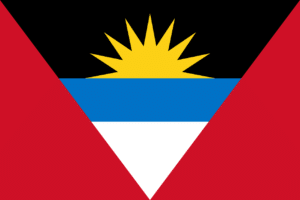
The colors have different meanings: the black is for the African ancestry of the people, the blue for hope, the red for energy or life of the people. The successive coloring of yellow, blue, and white (from the sun down) also stands for the sun, sea, and sand. The blue also represents the Caribbean Sea, and the V-shape is the symbol of victory.
Historic Flags:
